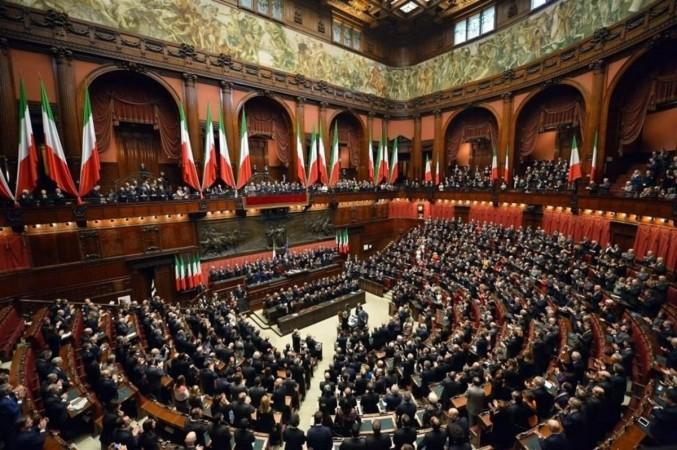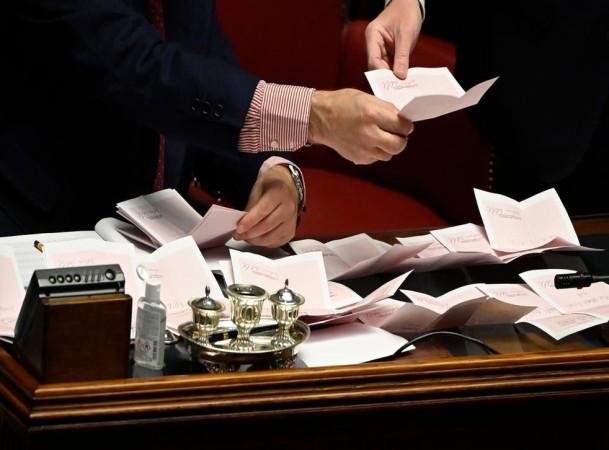As political stalemate continues, Italy moves towards 4th round of voting on Thursday to elect a new head of state, since the previous three rounds of voting have failed to yield a consensus candidate to replace outgoing President Sergio Mattarella.
The president is elected for a term of seven years by an electoral college comprising 1,009 people, mostly members of parliament, as well as senators and 58 delegates of Italy's regions.

In the first three rounds of voting, the winner must secure at least a two-thirds majority or 672 votes, but from the fourth round, an absolute majority or a minimum of 505 votes needed to be elected according to the Italian Constitutions.
There were 125 votes for outgoing president Sergio Mattarella, followed by 114 for Guido Crosetto, a businessman and co-founder of the far-right Brothers of Italy party, who has so far not been considered a serious contender.

However, an agreement still needs to be reached between the main political forces as neither the centre-right nor the centre-left have enough votes to elect a candidate of their choice.
The two largest coalitions in parliament, the center-left and the center-right, both claimed a larger consensus as their main goal, thus talks inside each alliance and between the two groups' main leaders allegedly increased on Wednesday.

However, from Thursday onwards, the road to resolving the impasse may get easier. Starting in the fourth round, a simple majority, or at least 505 votes, will suffice instead of the two-thirds majority necessary under the constitution in the first three rounds.
In Italy, the president is traditionally a ceremonial person who serves as a counterbalance to the institutional environment. However, in times of widespread political unrest, such as major deadlocks between the administration and the legislature, the function becomes critical.









!['Had denied Housefull franchise as they wanted me to wear a bikini': Tia Bajpai on turning down bold scripts [Exclusive]](https://data1.ibtimes.co.in/en/full/806605/had-denied-housefull-franchise-they-wanted-me-wear-bikini-tia-bajpai-turning-down-bold.png?w=220&h=138)



